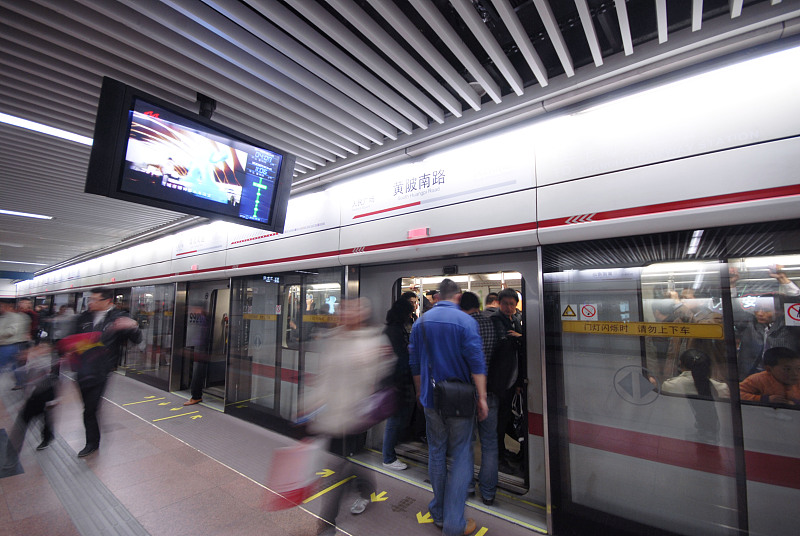Taking a bus in Shanghai
Shanghai boasts a well-developed public transportation network with about 2,000 bus lines, which include city center routes and suburban services. These lines provide convenient alternatives to the metro system.
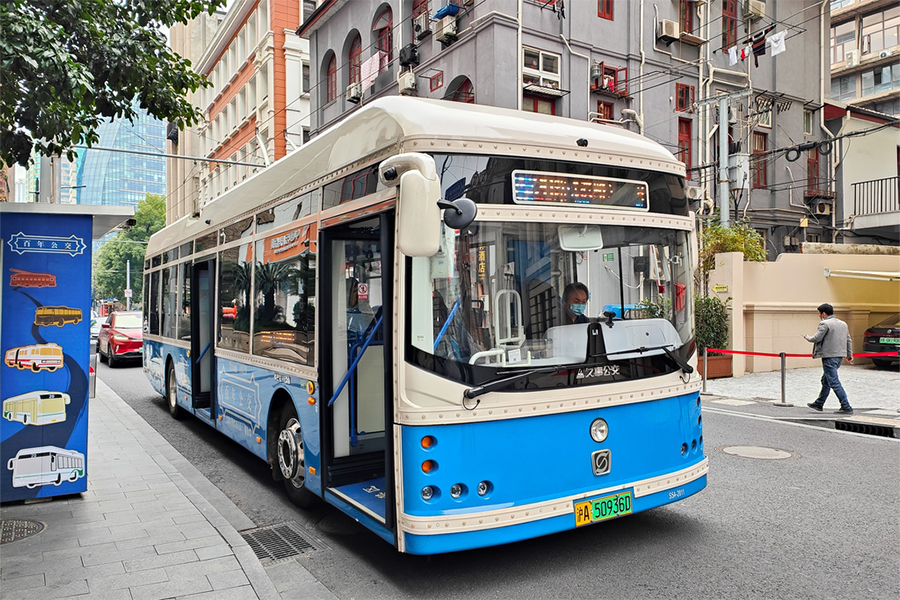
Bus fares in Shanghai vary depending on the type of service. Most downtown routes, suburban lines, night services and community buses have fares ranging from 1 to 2 yuan (14 to 28 cents). For long-distance bus services, fares range from 5 to 11 yuan.
Traveling on buses has become more accessible for expats and visitors thanks to expanded payment options. Passengers can now use foreign bank cards and physical transportation cards to pay for fares. This combination of digital and traditional payment methods allows for cashless travel, enhancing convenience for both residents and tourists.
Here are some of the most common ways to pay for bus travel in Shanghai.
Shanghai Public Transportation Card
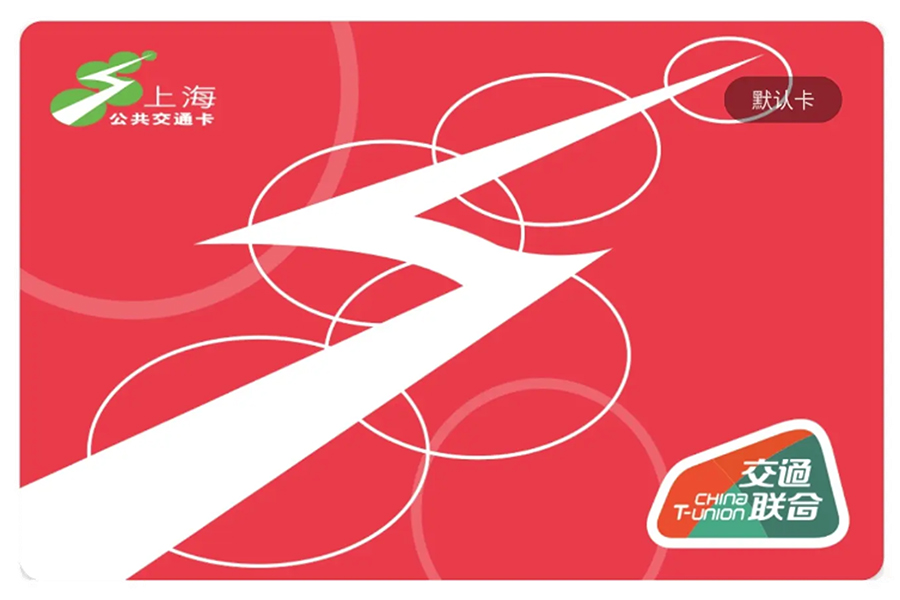
Passengers can purchase a public transportation card at metro stations, banks, and stores. A 20-yuan, refundable deposit is required. Cards can be topped up at various locations, including convenience stores, banks, and metro stations.
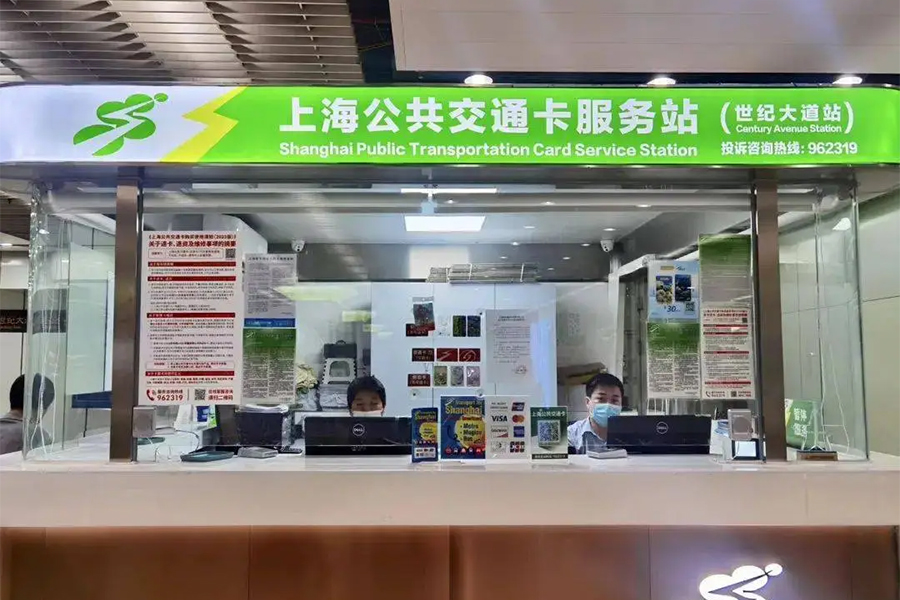
Shanghai Public Transportation QR Code
The Shanghai Public Transportation QR Code allows users to ride buses, ferries, and the metro without needing to preload funds. By presenting the QR code when taking public transport, you can enjoy "ride first, pay later" service.

The QR code can be accessed through platforms like the official WeChat mini-program, the Shanghai Public Transportation Card (上海交通卡) app, Alipay, and UnionPay. For bus rides, fares are typically deducted about two hours after scanning the code. Additionally, passengers using the QR code can benefit from a transfer discount when switching between buses within a two-hour window.
NFC mobile transportation card
Mobile transportation cards are virtual transit cards stored on smartphones, allowing users to pay for public transit fares with a simple tap. These cards use Near Field Communication (NFC) or other contactless payment methods, offering functionality similar to physical cards but with the added convenience of being integrated into a mobile device.
Smartphones and wearable devices with NFC capabilities from brands such as Apple, Huawei, and Xiaomi can be used to activate and use mobile transportation cards. Users do not need to turn on their screens or have an internet connection; with NFC enabled, a simple tap of a wearable device or the top back of the phone near a card reader provides instant access to public transit.
'Suishenma' QR code
Passengers can pay for public transportation fares by scanning their "suishenma", Shanghai's city-level QR code.
This code can be activated through the Suishenban (随申办) app, the Suishenma mini-program on WeChat or Alipay, or the Shanghai Mobility as a Service (MaaS) app. These options provide convenient access for seamless commuting within the city.
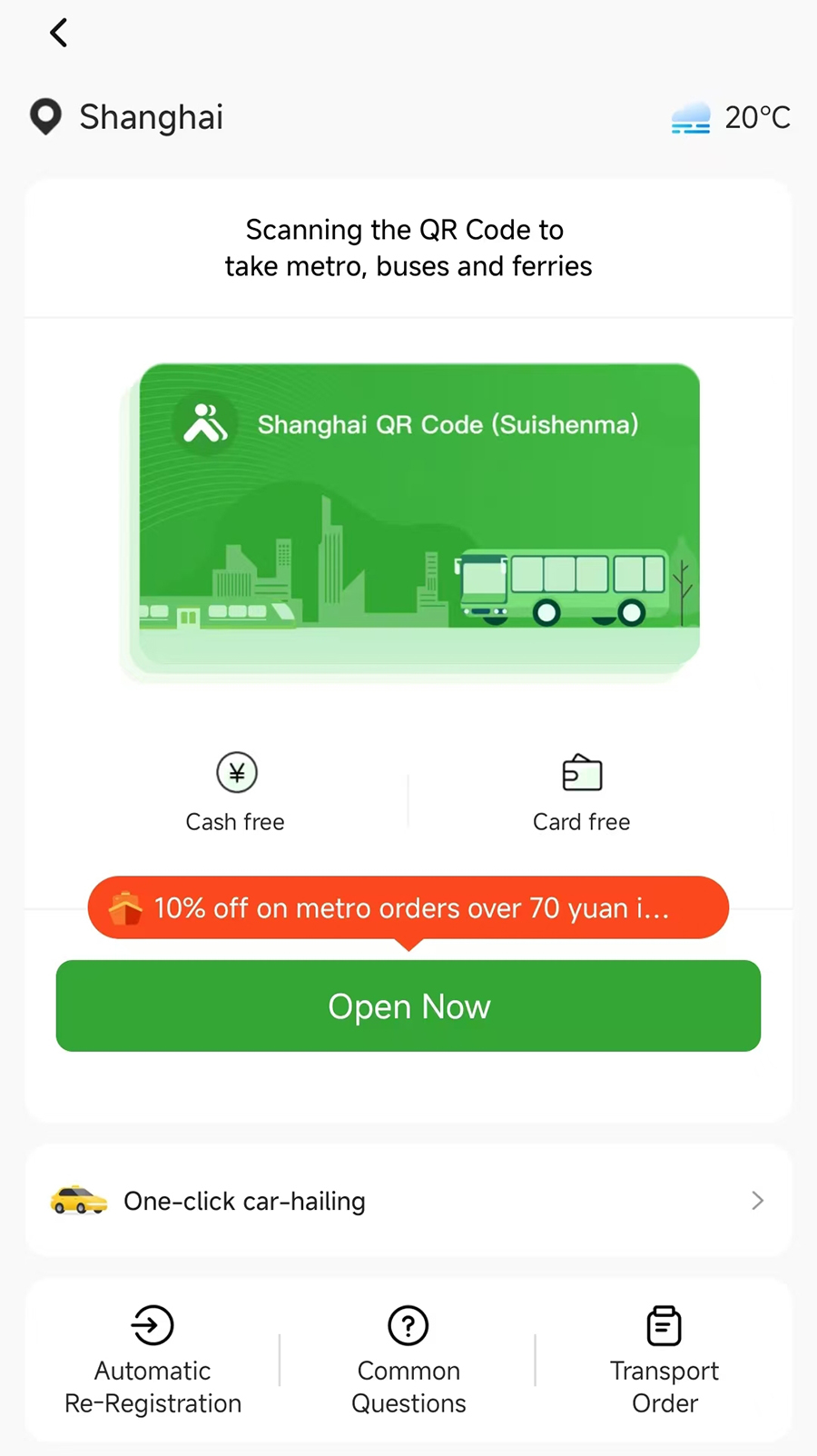
Updated Sept 12, 2025
Sources: Shanghai Municipal People's Government, Shanghai Municipal Transportation Commission
